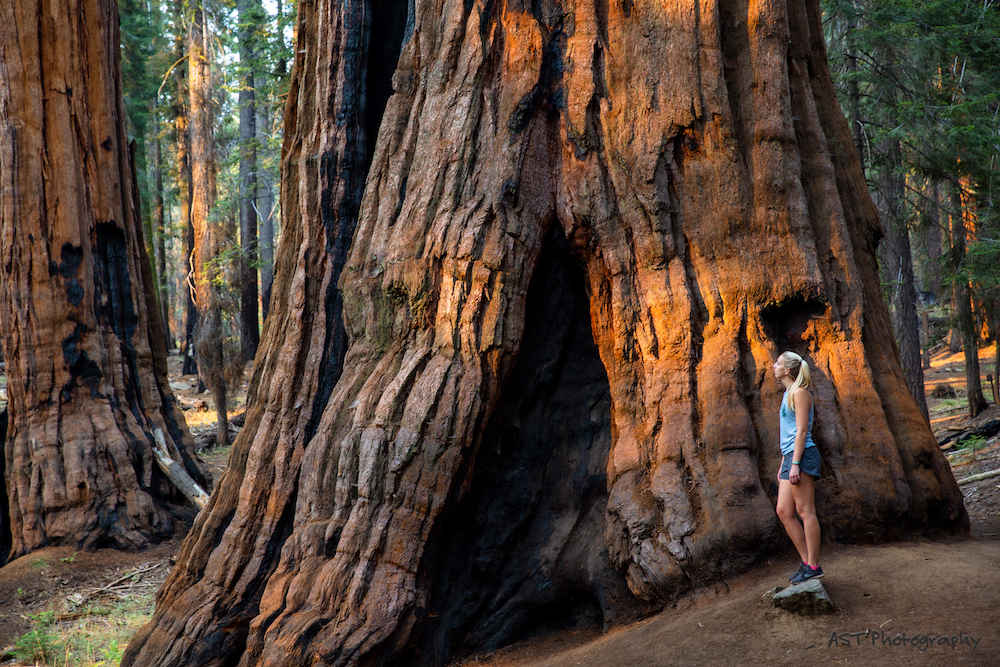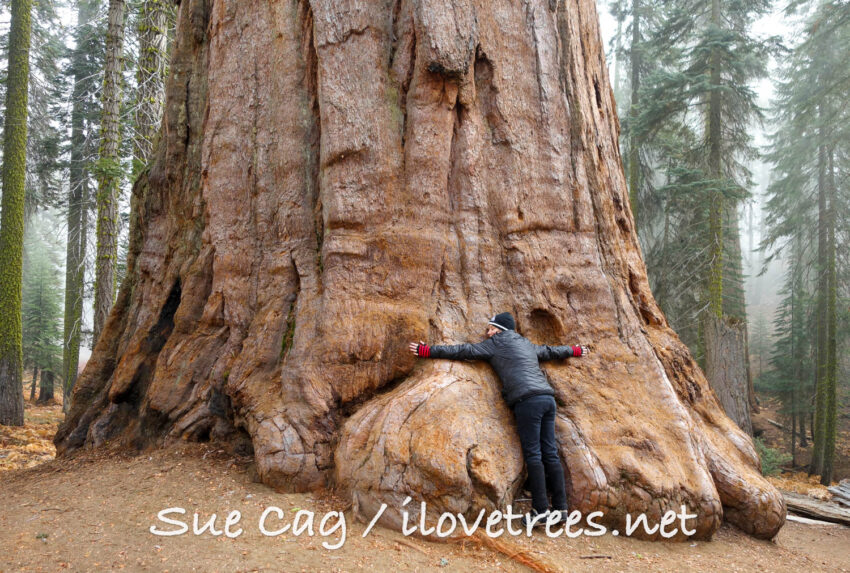Sequoia National Park Map-- Navigating the Titan Trees and Trails
Sequoia National Park Map-- Navigating the Titan Trees and Trails
Blog Article
Discover the Diverse Wildlife Habitats Within Sequoia National Park
Sequoia National Park is an eco-friendly treasure, showcasing an impressive variety of wildlife environments that contribute to its abundant biodiversity. From the majestic gigantic sequoia forests to the varied alpine meadows, each environment plays a critical function in supporting numerous types, including both typical and unusual animals.
Overview of Sequoia National Park
Sequoia National Park, nestled in the southerly Sierra Nevada range of mountains of The golden state, is renowned for its spectacular landscapes and looming large sequoias. Established in 1890, it is just one of the earliest national parks in the United States, committed to maintaining the natural charm and eco-friendly integrity of this special area. The park includes over 404,000 acres of varied surface, including magnificent mountains, deep canyons, and rich meadows.

Visitors can check out various hiking trails, ranging from leisurely walks to tough backcountry courses, each supplying an unique perspective of the park's grandeur. With its mix of natural marvels and leisure chances, Sequoia National Park functions as a vital sanctuary for both wild animals and those looking for to get in touch with nature.

Major Wildlife Environments
The varied landscapes of Sequoia National forest develop a mosaic of wild animals habitats that support a rich variety of species. These environments vary from lavish fields and dense forests to rocky towering areas and extensive river valleys, each offering distinct ecological niches.
One prominent environment is the large sequoia woodland, defined by looming trees and a rich understory, which supports numerous creatures, birds, and bugs. The blended conifer forests, made up of varieties such as sugar want and white fir, offer additional sanctuary and food resources for wildlife.
Meadows and grasslands play a vital function in the park's environments, acting as important foraging grounds for herbivores like deer and tiny creatures. These open locations likewise draw in diverse bird varieties, specifically throughout movement seasons.
The park's higher elevations feature towering environments, where conditions are rough and varieties are adjusted to endure in such extremes (Sequoia National Park hour). Right here, one can discover special flora and fauna that flourish in rocky, cold atmospheres
Plants and Animal Diversity
Within the varied communities of Sequoia National Park, an amazing range of vegetation and animals coexists, showcasing the complex relationships that sustain the park's biodiversity. The park is home to over 1,300 plant varieties, consisting of the renowned large sequoias, which are among the largest and earliest trees on Earth. These impressive trees offer essential habitat and food resources for numerous wildlife, fostering a complicated internet of eco-friendly interactions.
Animal types in Sequoia National forest are equally varied, with environments ranging from lowland foothills to high alpine settings. Mammals such as black bears, mule deer, and bobcats grow in this rich environment, while avian species, consisting of the majestic golden eagle and the elusive spotted owl, grace the skies. Amphibians and reptiles, like the Sierra amphibian and the western rattlesnake, additionally play vital roles in preserving environmental equilibrium.
The park's special mix of altitude slopes and microclimates sustains these different types, highlighting the relevance of maintaining the all-natural environments that permit such a rich tapestry of life to grow. Recognizing this variety is important for valuing the ecological importance of Sequoia National forest.
Preservation Initiatives in the Park
Conservation efforts in Sequoia National Park play an essential duty in safeguarding its one-of-a-kind environments and the varied varieties that inhabit them. The park utilizes a diverse strategy, including environment remediation, species keeping track of, and invasive varieties monitoring. These initiatives are essential for keeping the delicate equilibrium of the park's environments, that include giant sequoias, fields, and alpine environments.
Energetic repair projects concentrate on restoring indigenous plant areas and restoring abject habitats. Sequoia National Park hour. This is specifically essential in locations impacted by human task or natural disruptions such as wildfires. The park's biologists carry out regular tracking of essential species, consisting of the threatened Sierra Nevada bighorn lamb, to evaluate populace health and wellness and educate monitoring techniques
Invasive species pose a significant Continue threat to the park's biodiversity. Via these thorough campaigns, Sequoia National Park makes every effort to shield its rich natural heritage for future generations while guaranteeing the strength of its varied wildlife environments.
Tips for Wildlife Monitoring
Observing wildlife in Sequoia National forest provides an one-of-a-kind possibility to attach with nature and appreciate the varied types that grow in this exceptional habitat. To optimize your wildlife monitoring experience, think about numerous necessary suggestions.
To start with, plan your visit throughout morning or late afternoon, as these times are most energetic for numerous pets. Bring binoculars to observe wild animals from a secure distance without interrupting their natural habits. In addition, familiarize on your own with the varieties you want to see; recognizing their practices and environments can enhance your possibilities of detecting them.
Persistence is critical; wildlife monitoring typically requires waiting silently and being aware of your environments. Remain on assigned routes to minimize your influence on the ecosystem and guarantee your safety. It is likewise advisable to preserve a considerate distance from animals, preventing any kind of actions that might emphasize them or disrupt their atmosphere.
Finally, take into consideration joining directed excursions led by knowledgeable park rangers. These professionals can supply beneficial insights and enhance your opportunities of seeing wildlife in their natural setups. By adhering to these tips, you can enrich your experience and contribute to the preservation of Sequoia's wildlife.

Verdict
Sequoia National Park functions as an essential haven for varied wild animals, showcasing a remarkable range of environments that support many varieties. The interplay between huge sequoia forests, blended conifer timberlands, fields, and towering areas cultivates an abundant environmental tapestry. Continuous conservation efforts are vital for protecting these habitats and the unique flora and animals that populate them. Eventually, the park's biodiversity highlights the significance of maintaining such natural landscapes for future generations.
Please visit one of our local supporters - Wholesale Liquidation Pallet Handbags In Bulk
Report this page